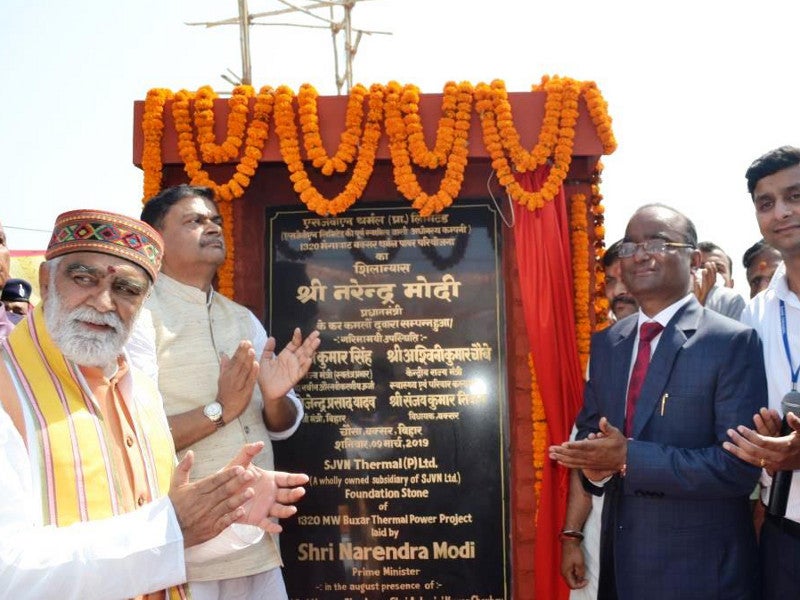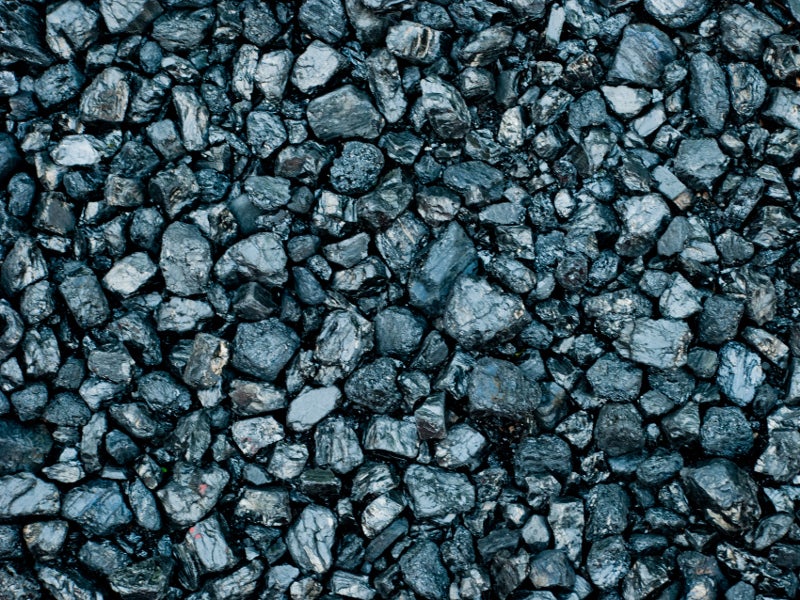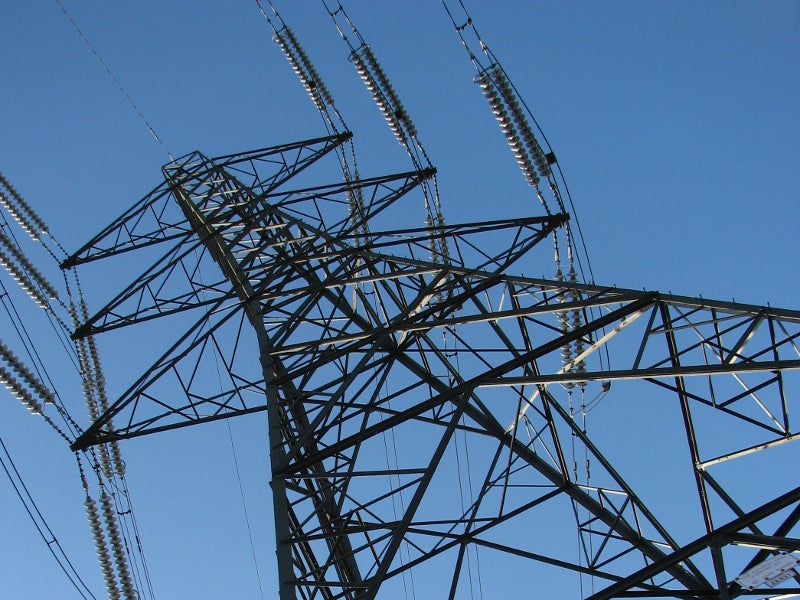Buxar thermal power project is a 1,320MW super-critical coal-fired power plant being developed with an estimated investment of £1.2bn ($1.6bn) in Bihar, India.
Satluj Jal Vidyut Nigam (SJVN), a joint venture between the Government of India and the Government of Himachal Pradesh, is developing the project through its wholly-owned subsidiary of SJVN Thermal.
Foundation stone for the project was laid in March 2019, after receiving investment approval from the Government of India’s Cabinet Committee on Economic Affairs (CCEA) in the same month.
Scheduled for commissioning by 2024, the Buxar thermal power plant is expected to generate 9,828 million units (MU) of electricity a year operating at 85% plant load factor (PLF), which will help overcome the power deficit in Bihar and eastern India.
Buxar thermal power plant location and site details
Buxar thermal power plant is being developed on a 1,064-acre site near the Chausa village, in the Buxar district of Bihar. Land acquisition for the plant was completed in December 2017.
Buxar power project development history
The project was initially planned to be implemented by Buxar Bijli Company, a special-purpose vehicle created by Bihar Infrastructure Company (BPIC), a joint venture of Bihar State Electricity Board (now Bihar State Power Holding Company) and IL&FS Group.
SJVN signed a memorandum of understanding (MoU) with Bihar State Power Holding Company (BSPHCL) and BPIC in January 2013 and took over the Buxar Bijli Company in July 2013.
The detailed project report (DPR) for the plant was completed in 2016, while environment clearance from the Government of India’s Ministry of Environment, Forest and Climate Change was received in February 2017.
India’s Ministry of Coal approved coal linkage for the project from Central Coalfields (CCL) in August 2017.
A 33kV transmission line and a 33/11 KV substation for facilitating the construction works at the project site were completed in July and October 2018, respectively.
Buxar thermal power plant make-up
Meant to operate as a base load power station, the Buxar thermal power plant will consist of two super-critical coal-fired units of 660MW capacity each.
Each unit will be equipped with a super-critical coal-fired boiler and a 3,000rpm steam turbine capable of operating at 247kg/cm² of throttle steam pressure and up to 593°C temperature. Both the units will share a common multi-flue concrete chimney of 275m height.
The power plant will be equipped with a flue gas desulphurisation system (FGD) and electrostatic precipitators (ESP) for controlling emissions.
The plant’s operations will require 3,265m³/hr of water for cooling and power generation, which will be sourced from the River Ganga located 3.5km away from the plant site, through a raw water intake system.
Other supporting infrastructure will include coal handling, ash disposal, and wastewater treatment facilities.
Power transmission and off-take
The power generated by the Buxar thermal power project will be evacuated to the national grid through 400kV transmission lines.
Bihar State Power Holding Company (BSPHCL) will buy 85% of the plant’s electricity output under a long-term power purchase agreement (PPA) signed with SJVN Thermal.
Coal supply
The Buxar thermal power project will require approximately 6.7 million tonnes (Mt) of coal a year, which will be sourced from Magadha and Amrapali coal blocks in Jharkhand.
A MoU was also signed with Metals and Minerals Trading Corporation of India (MMTC) for the supply of imported coal, in February 2016.
Contractors involved
Larsen & Toubro (L&T) was awarded the engineering, procurement, and construction (EPC) contract for the Buxar thermal power project in June 2019.
RITES, an engineering consultancy company run by the Government of India, was engaged to prepare the DPR for the plant as well as to carry out detailed engineering for the rail infrastructure of the project in March 2016.
The environment impact assessment (EIA) report for the project was prepared by Cholamandalam MS Risk Services, while AES Laboratories was involved in conducting air, water, and soil analysis.





